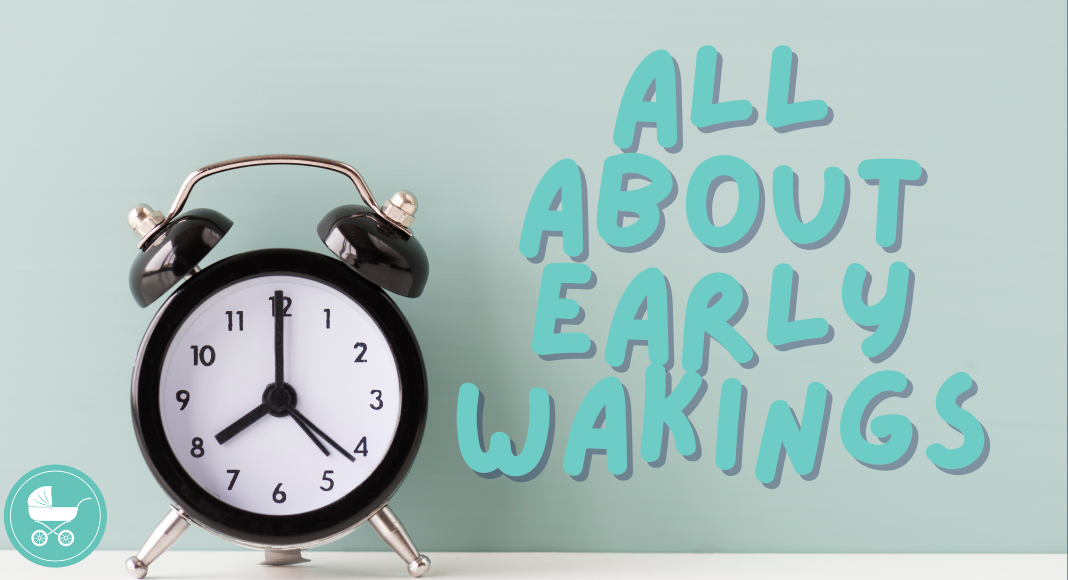
May 28, 2017
As a parent, you seek to enjoy every moment with your little one. These seasons fly by so quickly, and with those times come some incredible developmental milestones. Milestones are vitally important because they show that your baby continues to develop new skills in physical ability, cognition, emotion, and social ability. They also serve as […]
What To Do When Your Child Learns to Stand

As a parent, you seek to enjoy every moment with your little one. These seasons fly by so quickly, and with those times come some incredible developmental milestones.
Milestones are vitally important because they show that your baby continues to develop new skills in physical ability, cognition, emotion, and social ability. They also serve as a way to see if your baby is on track with others their age, behind or ahead of the curve. While these milestones are bound to happen, much of your baby’s success in their development comes from how you support and respond to them!
Today we’re focusing on learning to stand and what to do when your child reaches this wonderful milestone. The progression of learning to stand starts with learning how to roll (tummy-to-back around 4 months, back-to-tummy between 5-6 months), scooting or creeping (6 months), sitting without support (6-8 months), crawling (6-10 months), and then learning to both stand while holding on and pulling up to standing around 9 months. Some babies may skip the crawling phase altogether and go straight to pulling themselves up to standing, then cruising and walking, which is perfectly normal as well.
What can you to do support your baby in achieving this milestone? Early on, you should be giving your little one daily “tummy time.” We covered this in another milestone blog; to get the down-low, you can check it out here. The mobility milestones leading up to your little one learning to stand are super important. When your child is able to sit up on their own, and you want to encourage them to stand or pull themselves up to standing, here are some suggestions on what to do and places where you can safely do this:
- Show Them, Then Step Away. It’s a great thing to help your little one by showing them how it’s done the first couple of times, but then step away a bit so they can learn to do it themselves. Be patient, encouraging and affirming, using lots of positive tones, smiles, clapping to encourage them to keep trying. If they get frustrated, change activities and come back to it later.
- Independence. Once they have figured out that they can sit back down, don’t worry about constantly going back and forth to place your child back down. They need to see for themselves that they will be fine once they learn to sit. They might practice that up and down position a few times but overall, they will get it!!
- Their Crib. Make sure their crib is a safe place, and that the railings are at a good height for them to hang onto. This usually means lowering the crib mattress to a lower setting to ensure your little one doesn’t attempt to climb out if they learn to stand up.
- Practice in the day. Stair steps are a perfect height to teach your baby how to pull themselves up, as well as learn to crawl and maneuver balancing—when fully supervised, of course! Do this during the day so they don’t want to (or they are just too tired to) practice in the night.
- In The home. Your little one will likely try to pull themselves up with the help of your furniture; coaches, coffee tables, bookcases, dressers, beds, etc. Make sure that taller pieces of furniture are safely mounted to the wall so they don’t topple over when your little explorer decides to give standing a go while hanging on.
- Use Toys To Incentivize. If your little one is working to stand or pulling up to stand, place some of their favorite toys on a couch cushion or the edge of a bed, so they’re intrigued and work to stand up. This also helps with balancing skills.
- Bouncing. Allowing your baby to bounce, either while holding their hands or giving them a go in a fun bouncer toy, will strengthen your little one’s leg muscles to allow them to stand and balance for longer amounts of time.
Where did your child learn to stand and how old were they? What did you do to encourage them? We hope this has been helpful and can’t wait to hear the stories about your little one’s milestones!
Sources: https://www.cdc.gov/ncbddd/actearly/milestones/milestones-9mo.html, https://www.babycenter.com/0_baby-milestone-rolling-over_6504.bc, http://www.parents.com/baby/development/physical/encouraging-baby-to-stand/,
Get instant access to our free sleep class for children from newborn to 5 years old. You will learn how to get your child to sleep independently -- and all through the night!
Get Your Child To Sleep All Night Long in as Little as 7 Days!
join the free class
THE CLASS


